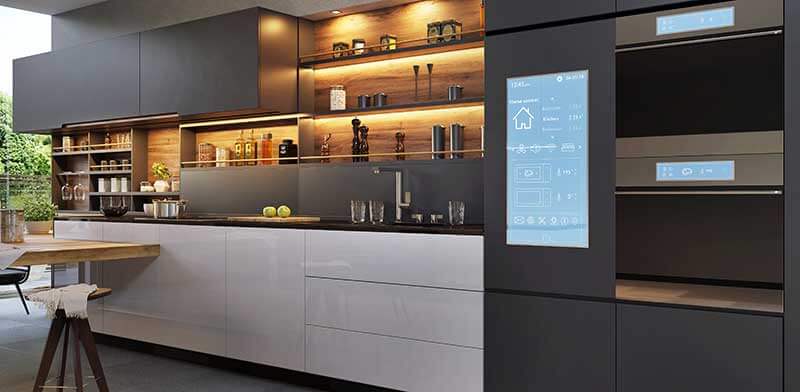Traditional plumbing solutions may not meet the demands of a modern kitchen where efficiency is paramount. The lack of advanced and intelligent plumbing choices can result in a kitchen that falls short of its potential. Picture a beautifully renovated kitchen plagued by slow water flow, inefficient water usage, or outdated fixtures. It’s a scenario that every renovator or remodeler wants to avoid.
Here are some smart choices you can make to upgrade kitchen plumbing.
Exploring Intelligent Plumbing Solutions
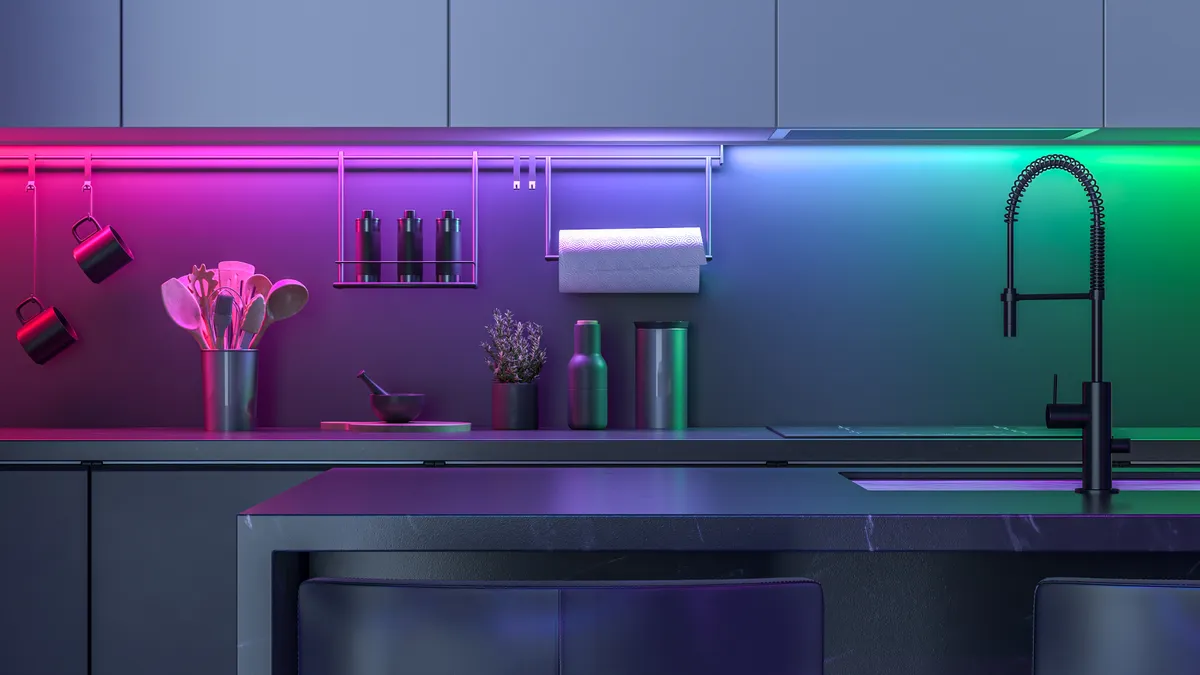
In the ever-evolving landscape of home technology, plumbing systems have undergone a transformative shift toward intelligent solutions. Advanced technologies are now seamlessly integrated into plumbing systems. From smart appliances to innovative fixtures and design choices, these intelligent plumbing solutions contribute to efficiency, conservation, and a more connected kitchen.
1. Smart Faucets and Fixtures
Touchless Technology: Smart faucets can turn water on without using hands. This can help keep germs from spreading. Motion sensors detect hand movements, providing a hygienic and convenient experience.
Water-Efficient Features: Many smart fixtures incorporate water-saving features, such as flow sensors and aerators, regulating water usage without compromising performance. These technologies contribute to overall water conservation.
2. Connected Appliances
Smart Dishwashers: Modern dishwashers often come equipped with smart features, allowing users to monitor and control the appliance remotely. This includes scheduling wash cycles during off-peak energy hours and receiving notifications when a process is complete.
Intelligent Refrigerators: Some refrigerators now feature water dispensers with built-in filtration systems and connectivity. Users can monitor water usage, track filter life, and even place orders for replacement filters through integrated apps.
3. Leak Detection and Prevention
Smart Leak Sensors: Intelligent plumbing systems often include sensors that detect leaks in real time. These sensors can send immediate alerts to homeowners’ smartphones, allowing swift action to prevent water damage and conserve resources.
Automated Shut-Off Valves: In the event of a detected leak, automated shut-off valves can quickly cut off the water supply to prevent further damage. This feature is particularly beneficial for homeowners who are away from their residences.
4. Voice-Activated Controls

Integrating voice-activated controls into kitchen faucets allows users to turn the water on or off, adjust the temperature, and dispense specific amounts without manual interaction. This hands-free approach enhances convenience and reduces water waste.
5. Energy-Efficient Water Heaters
Tankless or on-demand water heaters use advanced technology to heat water only when needed, eliminating the standby energy losses associated with traditional tank-style heaters. This results in energy savings and a more efficient water heating process.
6. Water Quality Monitoring
These sensors continuously monitor the quality of the water supply, detecting impurities or changes in water composition. Users receive alerts about potential issues, empowering them to take corrective actions to ensure safe and clean water.
Upgrading Kitchen Plumbing: Considerations
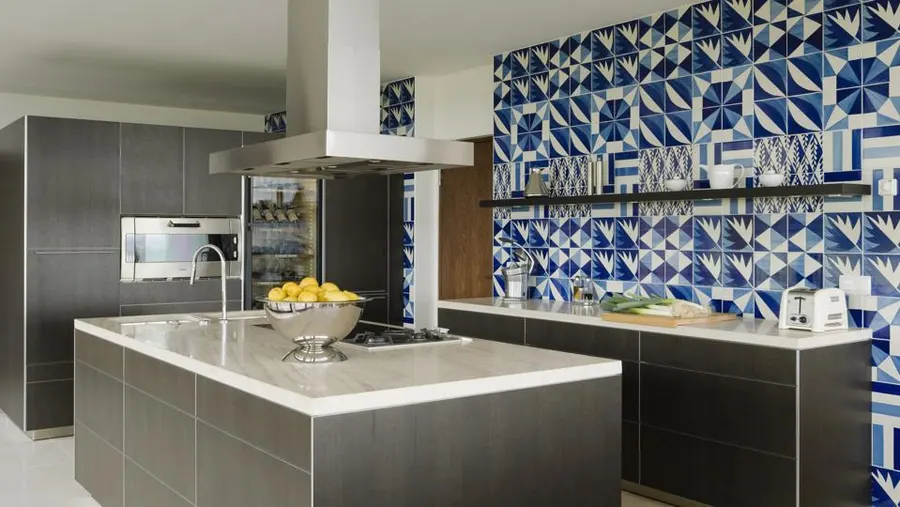
Upgrading kitchen plumbing is a valuable investment that can enhance functionality, improve efficiency, and contribute to the home’s overall aesthetics. Whether undertaking a minor renovation or a complete overhaul, thoughtful considerations for installation, maintenance, and potential cost savings are crucial to a successful upgrade.
1. Plumbing Needs
Current Systems: Before initiating any upgrades, assess the condition of the current plumbing systems. Identify areas requiring attention, such as outdated pipes, inefficient fixtures, or potential leaks.
Lifestyle Changes: If the family size has changed or the kitchen habits have evolved, factor in these changes when planning the upgrade. This ensures that the new plumbing system aligns with the current needs.
2. Fixture and Appliance Selection
Energy-Efficient Appliances: Choose energy-efficient appliances that bear the ENERGY STAR label. Using these appliances helps the environment and saves money on energy bills over time.
Smart Fixtures: Consider upgrading to smart fixtures, such as faucets with motion sensors or touchless technology. These not only provide convenience but can also contribute to water conservation.
3. Material Selection
Durability: Opt for durable and long-lasting materials for pipes and fixtures. Materials like copper, PEX, or stainless steel are known for their longevity and resistance to corrosion—minimizing the need for frequent replacements.
Sustainability: If possible, choose environmentally friendly and recyclable materials aligning with sustainable building practices.
4. Plumbing Layout and Design
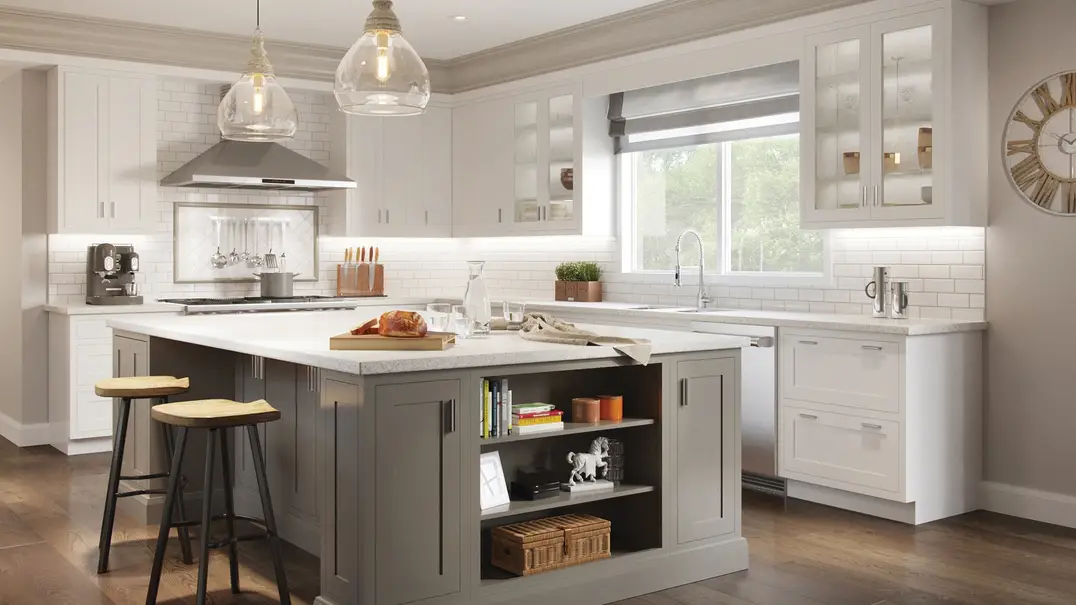
Efficient Layout: Ensure the plumbing layout is efficient and minimizes unnecessary bends or turns. A well-designed layout promotes water flow and reduces the risk of clogs.
Accessibility: Consider future maintenance needs by ensuring that key plumbing components are easily accessible. This can simplify repairs and reduce labor costs in the long run.
5. Compliance with Codes and Regulations
Local Codes: Familiarize yourself with local building codes and regulations. Ensure that the upgraded plumbing system adheres to these standards to avoid potential legal issues and ensure home safety.
Permitting: Before upgrading, check if you need any permits and obtain them if necessary. Following regulations is crucial for the success of your project.
6. Professional Installation
Partnering with Qualified Plumbers: Engage the services of licensed and experienced plumbers for the installation. Professional installation ensures that the work meets industry standards and minimizes the risk of future issues.
Quality Materials and Workmanship: Insist on high-quality materials and workmanship during installation. This investment upfront can lead to fewer repairs and replacements down the line.
7. Maintenance
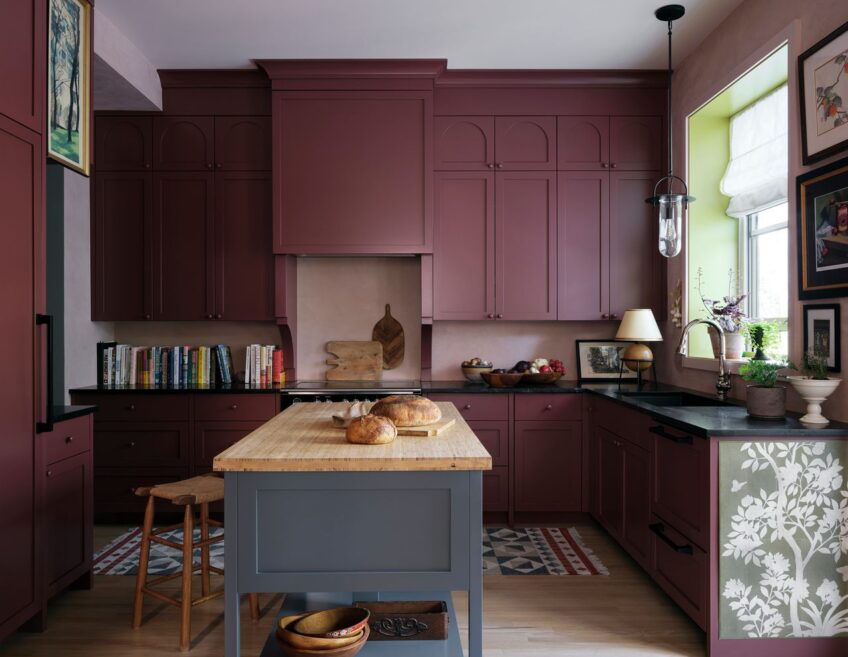
Regular Inspections: Regularly inspect the property to find and fix potential problems before they become serious. To make pipes last longer, be proactive in scheduling maintenance services. You can ensure a safe and easy inspection by incorporating access solutions like those from Access Doors and Panels.
Educating Household Members: Educate everyone about proper kitchen plumbing usage. Simple practices like avoiding putting grease down the drain can prevent clogs and other plumbing issues.
To Wrap Up
Upgrading kitchen plumbing enhances functionality, sustainability, and appearance. Smart features like faucets and appliances improve the kitchen experience and contribute to environmental conservation. Success depends on careful planning, choosing the right fixtures, complying with regulations, and professional installation.
Maintenance and education ensure system longevity. Smart plumbing choices improve daily tasks and play a crucial role in environmental sustainability by conserving water and energy and promoting eco-friendly materials.
Upgrade kitchen plumbing today and make smart choices that align with efficiency, sustainability, and modern living.

